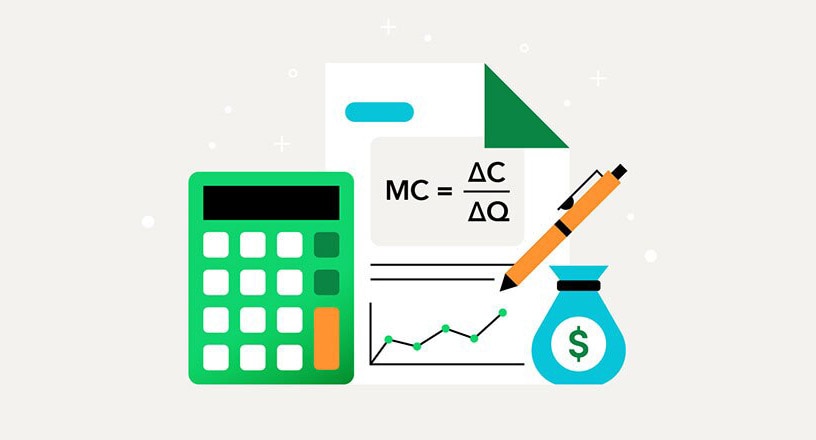Small businesses are always looking for ways to increase revenue. As they seek to grow their revenue, though, many neglect to calculate their profit margin. Profit margin is an essential figure for anyone trying to find ways to increase the bottom line. A company’s profit margin is the easiest and quickest way to tell how efficiently a company uses its resources, and it’s a great tool to gauge a company’s profitability.

How to Calculate the Ideal Profit Margin for Your Small Business
What Is a Profit Margin?
Profit margin is defined as a ratio of profits earned to total costs over a defined period (e.g. a quarter, a year, etc.). Each industry generally has its own average profit margin due to the differences in costs and materials needed for different products and services.
There are two types of profit margin that small businesses might find useful:
- Gross Profit Margin: The gross profit margin equation is typically used to determine the profit margin of a singular product or service, not of an organization as a whole. To determine the gross profit margin, a business looks at the retail price of its product and subtracts the cost of materials and labor used to produce it. It then divides that by the retail price. For example, if you sell a product for $25, and it costs $20 to make, the gross profit margin is 20% ($5 divided by $25).
- Net Profit Margin: This is often the equation used to determine an entire organization’s profit margin. Net profit margin is calculated by taking the company’s total sales for a given time period, subtracting total expenses and then dividing that figure by total revenue. For example, let’s say your company generates $10 million in sales and has operating expenses of $5 million. The net profit margin would be 50% ($10 million – $5 million = $5 million; $5 million divided by $10 million equals 50%).
While it’s useful to know your business’ gross profit margin, we’re going to focus our attention on net profit margin and its uses for business.
When Is Net Profit Margin Used?
Net profit margin is used by businesses that are looking for ways to boost their revenue, want to evaluate a product or service or simply want to take an inventory of what they’re spending versus what they’re making.
By studying your net profit margin, you’ll often uncover a large expense or group of expenses that are affecting your profits. You’ll also be able to learn whether you can increase your prices, or if you have a declining product that you might want to discontinue.
What’s the Catch?
The catch is the time and effort it takes to gather and verify all costs and revenue. To get an accurate net profit margin, a company must include every expense and every revenue source as part of the total.
Chances are that you and your financial team will have a much clearer picture of your revenue streams than you do your expenses, so be careful and avoid miscalculations when calculating each amount.
Now What?
Let’s say you’ve gathered all of your costs, triple-checked every line item, input your total revenue and generated your net profit margin. Here are a few options of what to do with it:
- Nothing: It’s quite possible your net profit margin is outstanding, so there’s no immediate need to tweak numbers to improve it. Congratulations on running an efficient and profitable business!
- Explore the option of increasing product offerings or setting higher sales goals: If your profit margin is good, this might be the perfect time to explore growth opportunities. Could you maintain the same profit margin if you increased sales by 20%, or would there be a decline?
- Talk to decision makers in your organization, and make a plan : If your profit margin leaves something to be desired, it’s probably time to make a change. Speak with the decision makers in your company—especially the ones that hold the purse strings—and examine ways to increase profit by decreasing expenses . In all instances, it’s a good idea to take a long look at any sweeping changes that might result from tweaking your net profit margin. For example, although a particular product might not be as profitable as it once was, what are the ramifications of doing away with it entirely? To make sure you’re not throwing the baby out with the bathwater, consider your customers, your employees and your company’s brand when making any kind of change.
Net profit margins are also a great benchmark figure to take a look at every year, whether you feel the need to analyze your costs or not. For many finance-minded business owners, it’s a better measure of a company’s profitability since it takes expenses into account, not just sales. It’s possible for a company to have millions of dollars in sales yet still not be profitable.





